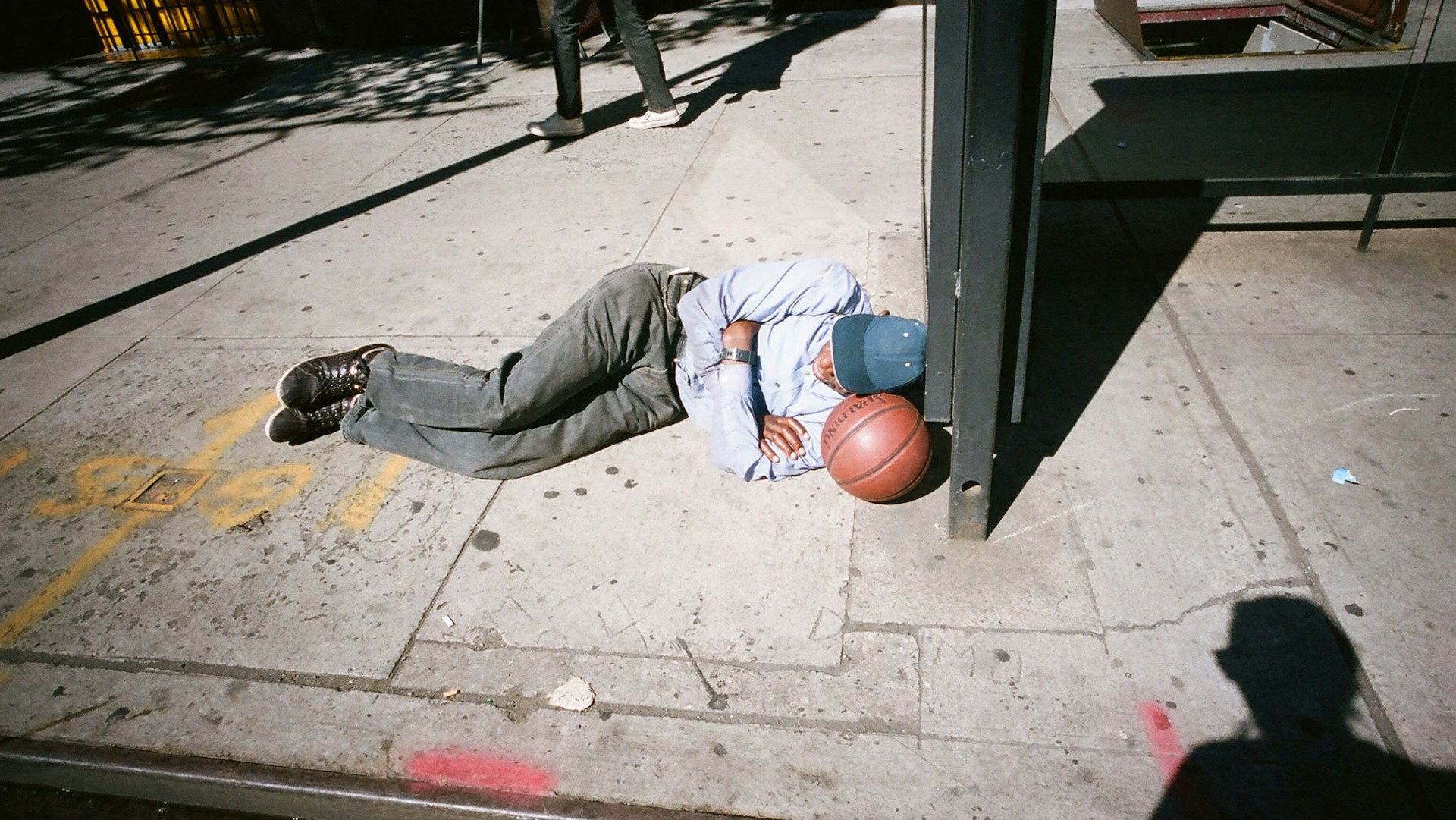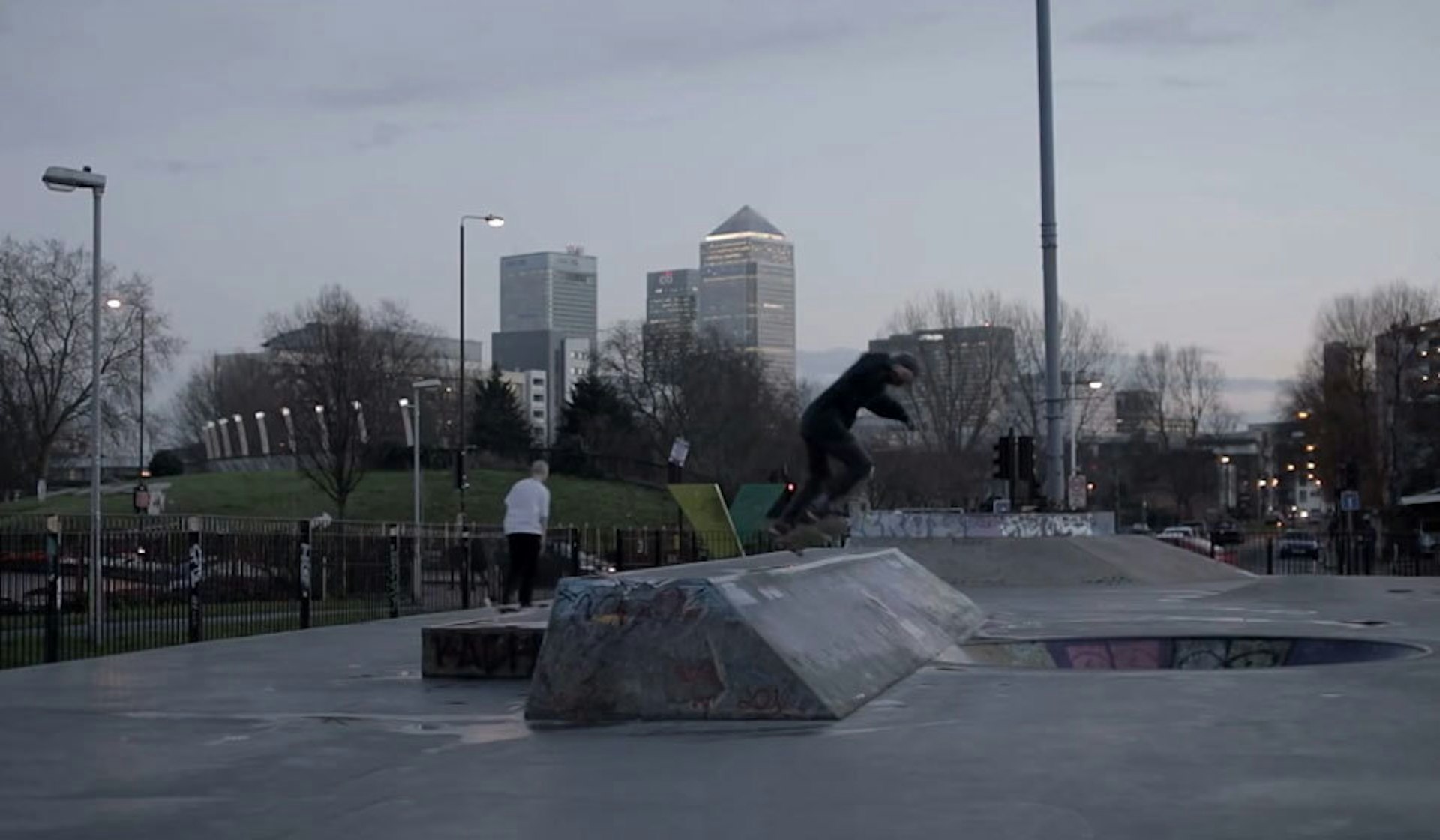
Everybody Street
- Text by Cheryl Dunn
- Photography by Cheryl Dunn
This story was published in Huck 41: The Photography Special in December 2013.
“What does a rock festival and a protest have in common? What does an exhibition opening and a Subway station have in common? What does a graffiti writer have in common with an A-list celebrity? What do they all have in common with the streets? A lot. The power of any picture for me is the realness of it. Can you get the shot without the person knowing? Can you catch them off guard? Can you capture the real moment?
In my film Everybody Street [a tribute to New York City street photography, featuring pioneers like Bruce Gilden and Mary Ellen Mark], Bruce Davidson says, ‘It’s not the streets, it’s where the streets lead you that’s important.’ And I really like that idea. I believe there are correlations between all the things I shoot and that they all inform each other – whether I’m in a sea of 100,000 happy people tripping out at a music festival or in the face of angry New Yorkers running block to block. I’m always trying to get an authentic moment, a real emotion, someone being not self-conscious with the camera. But that’s a dance and it’s respect and every situation is completely different.
I started taking pictures in high school. A boyfriend gave me a little Rollei 35mm pop-out and after studying art history in college I wound up living in Europe for a couple of years travelling around and shooting. When I came back to New York I started photo assisting and I really learnt the business – learning from other people’s mistakes. It’s good to make your mistakes when you’re young and not afraid. But you should never be afraid to make mistakes. Life moves at the speed of light. People forget the mistakes you make. Just keep making.
I was trying to get shoots for magazines, but it was hard and competitive. So I made self-imposed assignments just to keep shooting. I had access to this world of boxing in New Jersey that was very inaccessible at the time and I used this subject as a documentary world to explore inside out. And also the streets. The streets are free. So maybe I wasn’t shooting for The Face every day, but I was shooting. And it was interesting to me. Now, at this stage in my career, thank god I was doing that because I have this body of work that was really true to who I was instead of someone else’s agenda. It’s also because I was failing, or not blowing up in a certain way, that I had time to document my friends who were artists. I was hanging around San Francisco with all these graffiti guys; artists like Margaret Kilgallen, Barry McGee, Phil Frost and I were exposed to this world of graffiti where everyone sort of helped each other and knew each other and I thought what they were doing and referencing in their work, hobo markings and this whole history of messaging, was really special to our generation. But at the time people didn’t really do stories about artists. So I pitched stories. And the stories got picked up. And I feel psyched about that because that’s the norm now, but it wasn’t then.
I always try to create a zone of equality when I’m shooting like, ‘You feel weird? I feel weird too!’ I reveal my vulnerabilities because the subject feels vulnerable having their picture taken. So I just be a human. Everyone’s a weird flawed human and I let that be known straight out. We’re on the same team. I’m not into celebrity and I’m not into people thinking they’re better than other people. I absolutely think the opposite. So I just try to be on the same playing field and have a co-experience. We are making an image together.
A lot of street photography is intense. It’s heavy. But that’s reality. Whether you acknowledge it and look at it or not, it doesn’t go away. It’s there. And reality is beautiful, it’s heavy, it’s dark, it’s light, it’s all of those things. And that’s the way the street is. That’s the way New York is and any big city really. Just so many different people. And that’s why it’s awesome.”
Watch video interviews with Cheryl Dunn on the Huck YouTube Channel.
Go and see Everybody Street, followed by a Q&A with Cheryl Dunn and featured photographer Boogie on Friday February 7 at the ICA, London.
